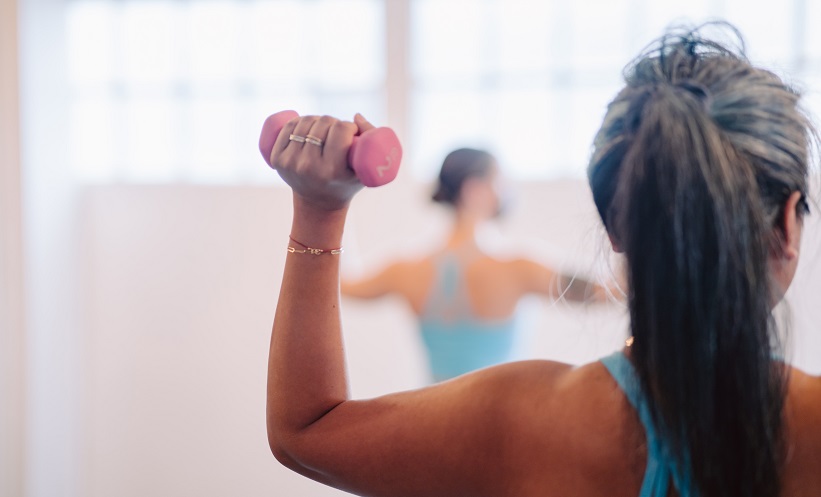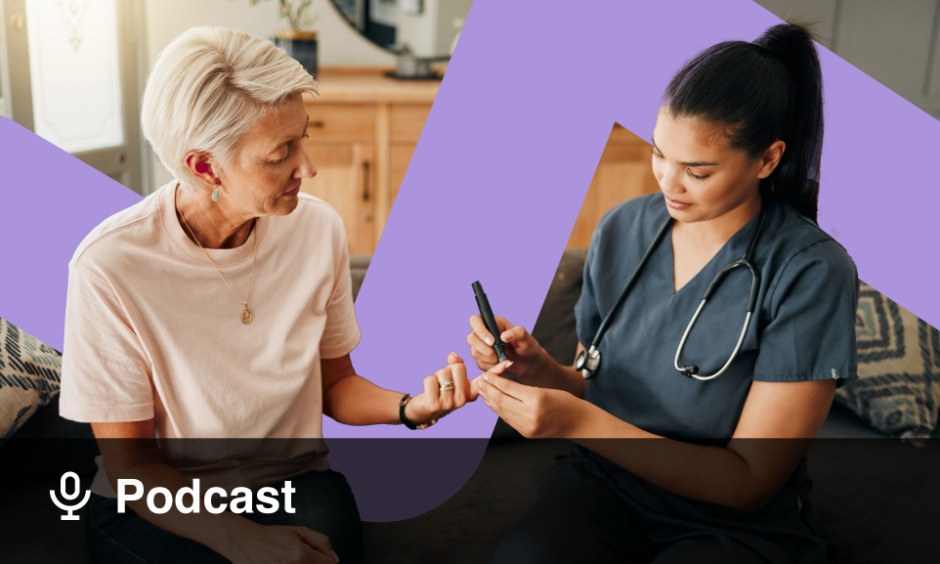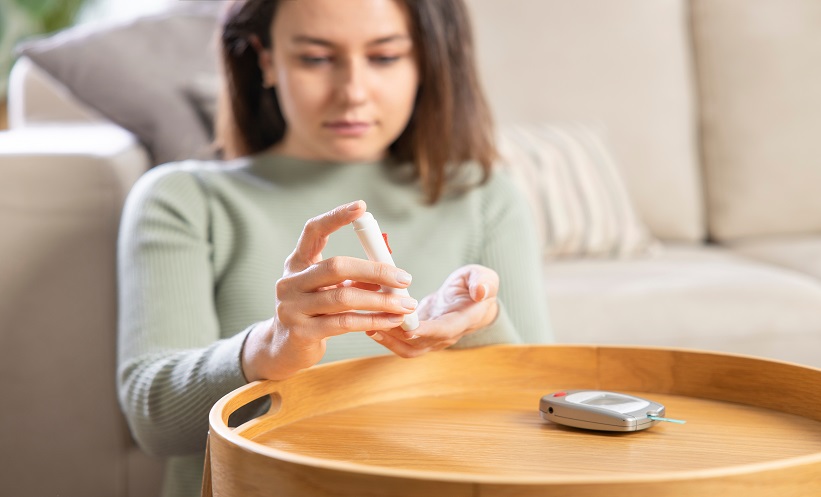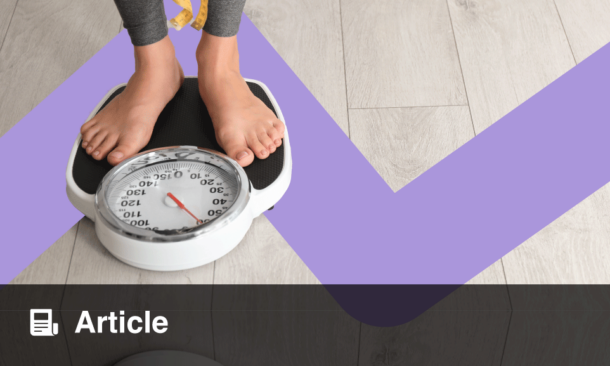NOVEL study data shows the benefit that exercise has on controlling blood glucose levels in individuals with Type 2 diabetes (T2D). While most people know that exercise is good for them, they “do not know the best approach,” said study author Steven Mailin, Department of Kinesiology and Health, Rutgers School of Arts and Sciences, New Brunswick-Piscataway, New Jersey, USA.
According to the U.S. Centers for Disease Control and Prevention (CDC), 37 million people in the USA have diabetes, and 90–95% have T2D. People with Type 2 diabetes are insulin resistant, meaning their cells do not respond to insulin, a hormone that normally controls blood glucose. This results in high blood sugar levels in the body, which is damaging and can lead to serious health problems.
Malin and colleagues analysed studies and extracted common conclusions to provide healthcare professionals with up-to-date practical advice for patients. Malin stated: “In short, any movement is good, and more is generally better.”
One of the results from the study shows that resistance training, such as using resistance bands, dumbbells, or even body weight, helps insulin sensitivity in people with T2D. Researchers believe that insulin sensitivity is beneficial, as it allows the body to use blood glucose more effectively, thus reducing blood sugar.
Furthermore, the time that patients with T2D exercise can improve insulin sensitivity. Exercising later in the day is more beneficial, and it can lead to better control of blood sugar levels. Malin also stated that exercising “after a meal may help slightly more than before a meal,” and went on to explain that “you do not have to lose weight to see the benefit of exercise.”
Physical activities, such as walking, swimming, and cycling, are also beneficial. These activities increase the heart rate, and the body uses more O2, which helps to manage blood glucose. Breaking up sitting time and moving throughout the day can also help to control insulin and blood glucose control.
Malin believes in the concept of ‘exercise as medicine’, which is the idea that exercise should be considered as a first-line therapy. To conclude, Malin said: “Together, this idea of exercise timing and type is important because it helps medical professionals more accurately recommend exercise prescriptions to combat high blood glucose.”








